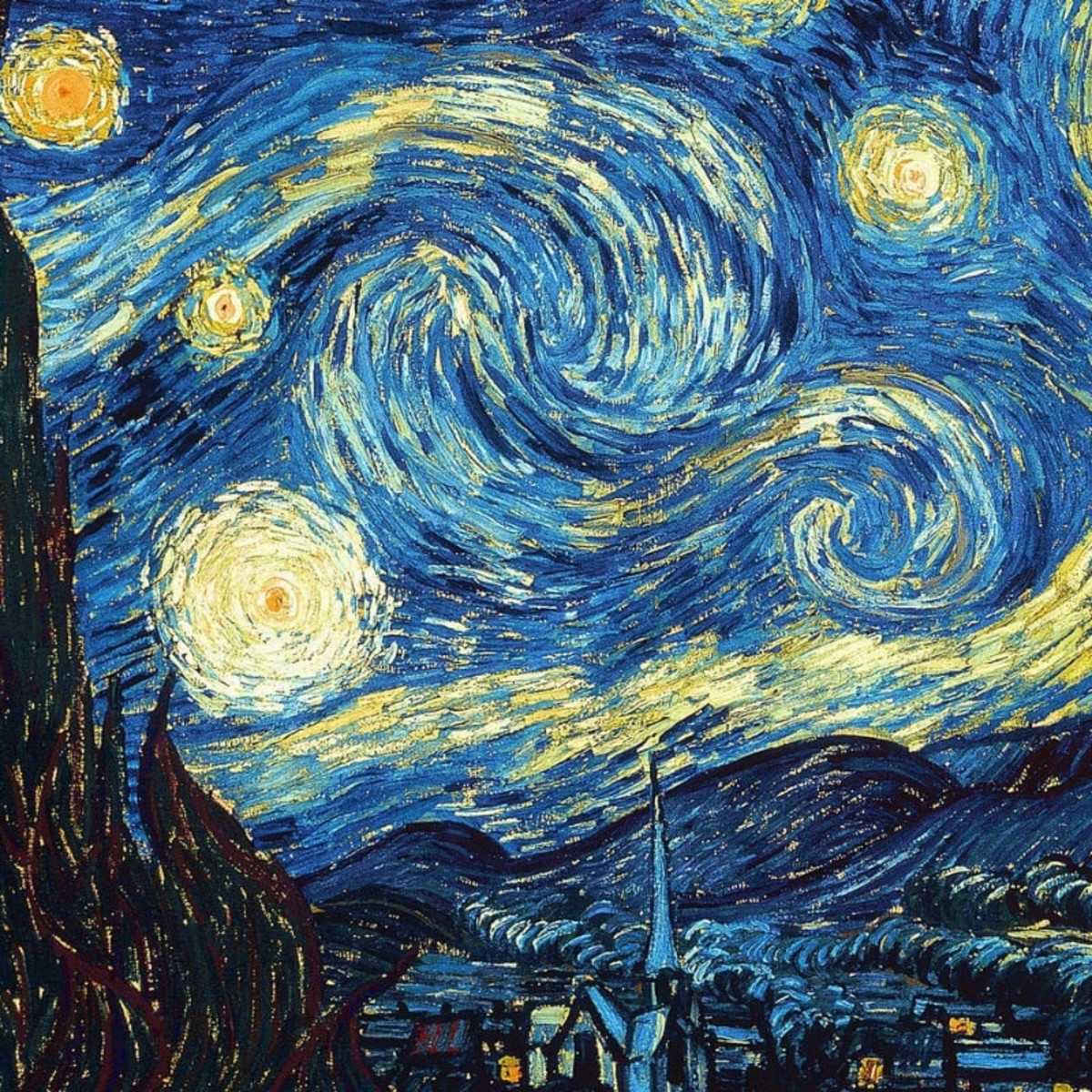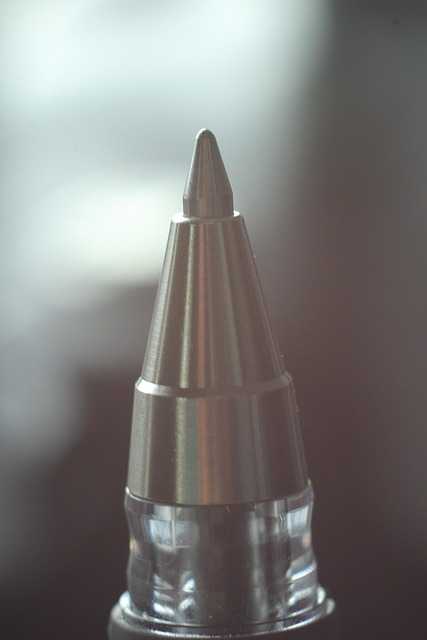Table of Contents
- Exploring the Essence of Modern Art Simplified
- Key Characteristics of Modern Art You Should Know
- The Impact of Minimalism in Contemporary Creations
- How to Appreciate Modern Art without Preconceptions
- Tips for Incorporating Modern Art into Your Home Decor
- Q&A
- Wrapping Up
Exploring the Essence of Modern Art Simplified
Modern art presents a canvas of creativity that often defies traditional boundaries. It utilizes a variety of mediums and techniques to express complex ideas and emotions, pushing the viewer to engage with art on a deeper level. This evolution in artistic expression began in the late 19th century and has led to the birth of numerous movements, such as:
- Abstract Expressionism – Moving away from realistic representation, this style emphasizes the emotional experience through colors and forms.
- Postmodernism – Challenging the very idea of what art is, it often includes elements of irony and parody.
- Conceptual Art – Here, the concept behind the work takes precedence over traditional aesthetic or material concerns.
One striking characteristic of modern art is its accessibility. Artists aim not just for the elite gallery-goers but for everyone, encouraging personal interpretation. Pieces are often interactive and can invite conversation among diverse groups of people. For instance, interactive installations allow viewers to step into the artwork, blurring the lines between creator and audience. This inclusivity opens up a dialogue about art, fostering a community where individuals can share their perspectives and insights.
To further understand the landscape of modern art, consider the following table that highlights notable movements along with key characteristics:
| Art Movement | Key Characteristics |
|---|---|
| Surrealism | Dreamlike scenes, strange juxtapositions |
| Minimalism | Simplicity, focusing on form and color |
| Street Art | Public spaces, social commentary |
Exploring modern art is an invitation to experience the world through new lenses. Each brushstroke, sculpture, or installation serves as a narrative, provoking thoughts about society, culture, and the human experience. Whether one views the chaotic splatters of Jackson Pollock or the minimalistic forms of Donald Judd, the essence of modern art lies in its ability to broaden our understanding of what art can be.


Key Characteristics of Modern Art You Should Know
Modern art is characterized by its departure from tradition and its embrace of new perspectives and expressions. One of the most striking features is its diversity. Artists incorporate a wide range of styles and mediums, meaning you might encounter anything from abstract expressionism to pop art in the contemporary landscape. This eclectic mix allows for a rich tapestry of ideas and emotions, reflecting the complexities of modern society. Additionally, the use of unconventional materials, such as recycled objects or digital platforms, broadens the traditional boundaries of art, inviting viewers to rethink what can be classified as ‘art.’
Another defining aspect is the emphasis on concept over technique. In modern art, the idea behind the artwork often takes precedence over its technical execution. This shift allows artists to communicate deeper meanings and social commentary through their work. Viewers are encouraged to engage with the piece on a conceptual level, eliciting personal interpretations rather than looking for skilled craftsmanship alone. The culture of questioning and critique fosters an environment where art becomes a powerful vehicle for dialogue about current issues, identity, and human experience.
interaction and viewer engagement play a significant role in the realm of modern art. Many contemporary works are designed to elicit responses from viewers, breaking down the barrier between the artist and the audience. Installations may invite participation or challenge individuals to reflect on their perceptions and beliefs. The social aspect of these artworks means that the viewer is not just an observer but becomes part of the experience, contributing to the evolution of the piece. This interaction creates a dynamic environment where art is consistently evolving, making it a true reflection of the ever-changing modern world.


The Impact of Minimalism in Contemporary Creations
Minimalism has emerged as a guiding principle in contemporary artistry, shaping the way creators express themes and emotions. This approach strips away the unnecessary, allowing the essential elements of a piece to shine through. Artwork characterized by simple forms and solid colors invites viewers to engage on a deeper level, encouraging introspection and personal interpretation. The aesthetic of less is more fosters an atmosphere where clarity and impact coexist, resulting in a refreshing dialogue between the observer and the artwork.
In various mediums—from painting and sculpture to digital installations—minimalism often emphasizes these key aspects:
- Simplicity: A focus on clear lines and basic shapes that evoke emotion without overwhelm.
- Neutral Color Palettes: Earthy tones and monochromatic schemes that create a serene backdrop for exploration.
- Space: The strategic use of negative space that enhances the interaction between the piece and its environment.
This artistic philosophy resonates not only in visual arts but also across design, architecture, and even fashion, delivering a coherent message that emphasizes functionality without sacrificing elegance. As artists continue to adopt minimalistic principles, they invite audiences to reconsider their relationship with their surroundings. The sparseness of form and color speaks volumes, evoking a sense of calm and contemplation in an era often marked by complexity. Below is a simplified table summarizing the influence of minimalism across various domains:
| Art Form | Key Influences | Notable Artists/Designers |
|---|---|---|
| Painting | Clear lines, limited palette | Donald Judd, Yves Klein |
| Sculpture | Use of space, shape | Martin Creed, Richard Serra |
| Architecture | Functional design, open spaces | Tadao Ando, Ludwig Mies van der Rohe |


How to Appreciate Modern Art without Preconceptions
Engaging with modern art can sometimes feel daunting, especially when preconceived notions overshadow the experience. To truly appreciate this vibrant medium, it’s essential to approach it with an open mind and a willingness to explore. Begin by setting aside any biases you might have about what constitutes “art.” Remember, modern art breaks traditional boundaries and invites unique interpretations.
One effective way to connect with modern art is to focus on the emotional response. Notice how a piece makes you feel and identify any memories or thoughts it evokes. Consider these questions when observing a work:
- What colors or shapes draw your attention?
- Does the piece spark any feelings of joy, confusion, or even discomfort?
- What story or message do you perceive?
By reflecting on your personal reactions, you begin to engage with the artwork on a deeper level, moving beyond surface appearances to discover its meaning.
Furthermore, immersing yourself in the context of modern art can enrich your experience. Research the artist’s background, cultural influences, and the historical moment in which the artwork was created. Creating a simple table can help summarize this information:
| Artist | Background | Historical Context |
|---|---|---|
| Jackson Pollock | American painter known for his drip technique | Influential during the Abstract Expressionism movement |
| Yayoi Kusama | Japanese artist focused on infinity and repetition | Prominent in the post-war avant-garde art scene |
Incorporating this knowledge allows you to step beyond your initial judgments and appreciate the layers of meaning embedded within modern art. Ultimately, the key is to approach each piece as a unique conversation, allowing yourself to discover and enjoy what each work has to offer.


Tips for Incorporating Modern Art into Your Home Decor
Incorporating modern art into your home decor can elevate the ambiance and infuse your space with personality. Begin by choosing a focal point, such as a large canvas or statement piece, to draw the eye and create a conversation starter. This can be hung in your living room or an entryway, serving as a stunning backdrop for furniture arrangements or other decor elements. Make sure to consider the color palette of the room, selecting art that complements the overall aesthetic while also adding a pop of excitement.
Another effective way to integrate modern art is through the use of gallery walls. This approach allows you to mix and match different pieces, creating a dynamic visual display. Aim for a balance of sizes from small to large frames, and include a variety of frames and styles for added interest. Group art that shares a common theme, such as abstract shapes or bold colors, to ensure a cohesive look while still celebrating individual pieces. To keep the arrangement from feeling chaotic, maintain consistent spacing between the frames.
Don’t forget to consider the art’s placement and lighting! Installing spotlights or accent lights can enhance the artwork and bring out textures and colors, especially in darker spaces. Additionally, using art stands or shelves can provide versatility, allowing you to easily switch out pieces as your style evolves. This method not only elevates the functionality of your space but also encourages an ever-changing gallery that reflects your personal journey with art. Explore these creative strategies to harmonize modern art within your home, transforming it into a stylish reflection of your taste.
Q&A
Q&A on Modern Art: Simplified
Q1: What is modern art? A: Modern art refers to a broad range of artistic styles and movements that emerged roughly from the late 19th century to the mid-20th century. It represents a departure from traditional forms of art, focusing instead on innovation, experimentation, and self-expression. Modern artists sought to capture the essence of contemporary life, often utilizing new materials and techniques.Q2: How does modern art differ from traditional art? A: Traditional art typically adheres to established techniques and styles, often prioritizing realism and narrative. In contrast, modern art embraces abstraction and conceptual themes, allowing for more personal interpretation. While traditional art may focus on beauty and representation, modern art explores emotions, ideas, and the human experience in unconventional ways.
Q3: What are some common themes in modern art? A: Themes in modern art are diverse and can include identity, social issues, the human condition, technology, and nature. Many modern artists challenge societal norms and question the role of art in contemporary culture. The exploration of color, form, and texture is also prevalent, often inviting viewers to engage with the artwork on a deeper intellectual level.
Q4: Can modern art be understood without formal training? A: Absolutely! While formal education can enhance one’s appreciation of art, modern art is accessible to everyone. Engaging with modern art often involves personal interpretation and emotional responses. Many artists intend for their work to provoke thought and discussion, inviting viewers to explore their own meanings.
Q5: Why is modern art often seen as controversial? A: Modern art can evoke strong reactions because it challenges conventional ideas about what art should be. Its abstract and sometimes perplexing forms can leave viewers feeling confused or unsettled. Additionally, interpretations can vary widely, leading to debates about the value and intention behind the artwork. This controversy often prompts important conversations about art and its place in society.
Q6: How can someone start exploring modern art? A: To explore modern art, begin by visiting local galleries and museums that feature contemporary works. Online resources, virtual galleries, and art history websites can also provide valuable insights. Joining art discussions or attending workshops can further enhance understanding and appreciation. engaging with art through your own creative practice can foster a personal connection to the style.
Q7: What is the significance of modern art today? A: Modern art continues to influence contemporary culture, shaping the way we perceive creativity and expression. Its impact is seen in various fields, including design, architecture, and social activism. By pushing boundaries and inviting dialogue, modern art helps to cultivate a deeper understanding of our world, encouraging individuals to reflect on their experiences and beliefs. — This Q&A format not only enlightens readers about modern art but also encourages them to delve deeper into its complexities and myriad facets.
